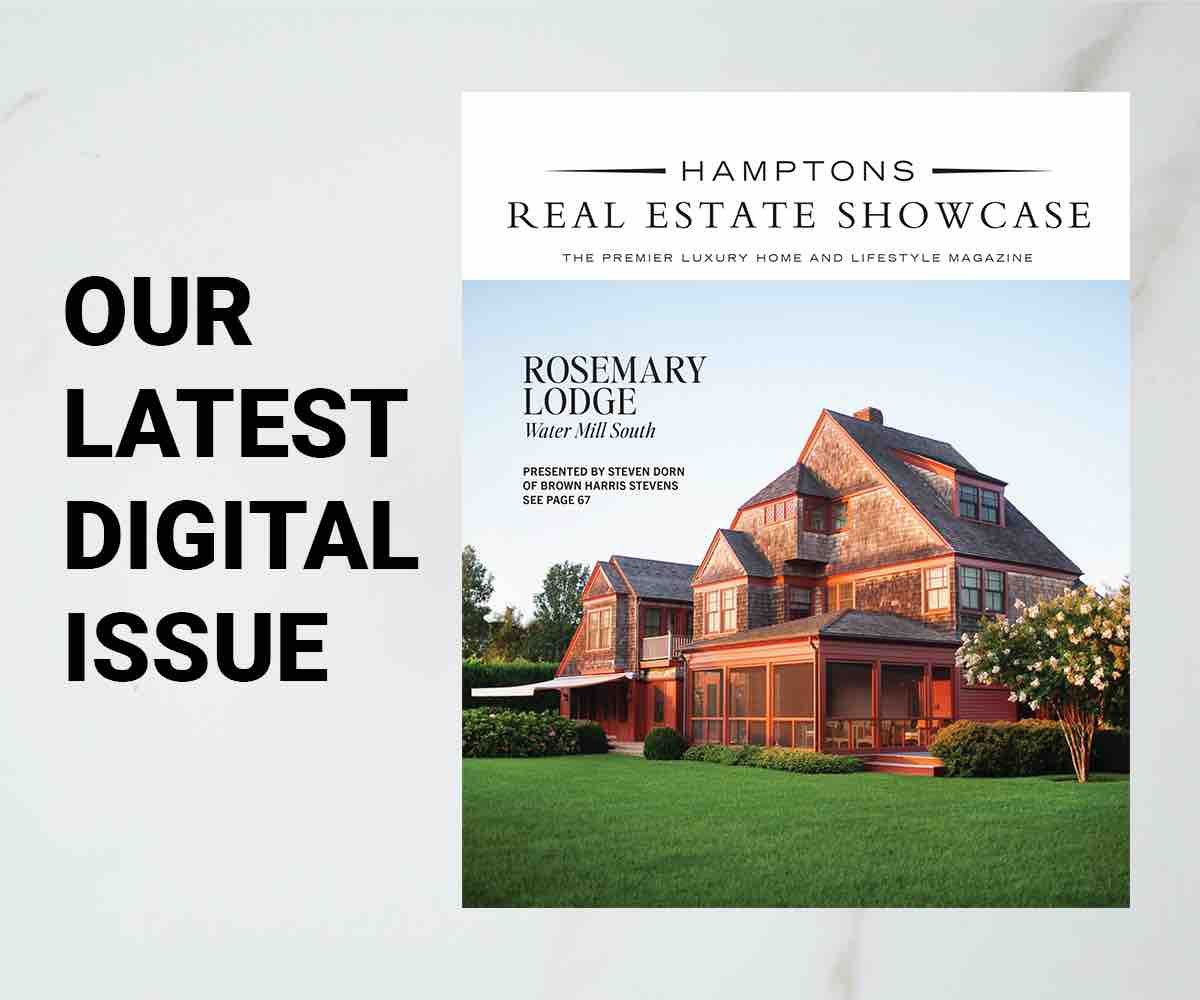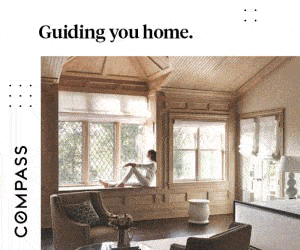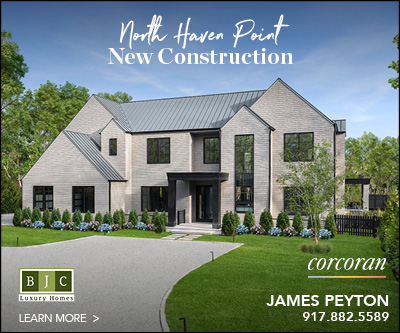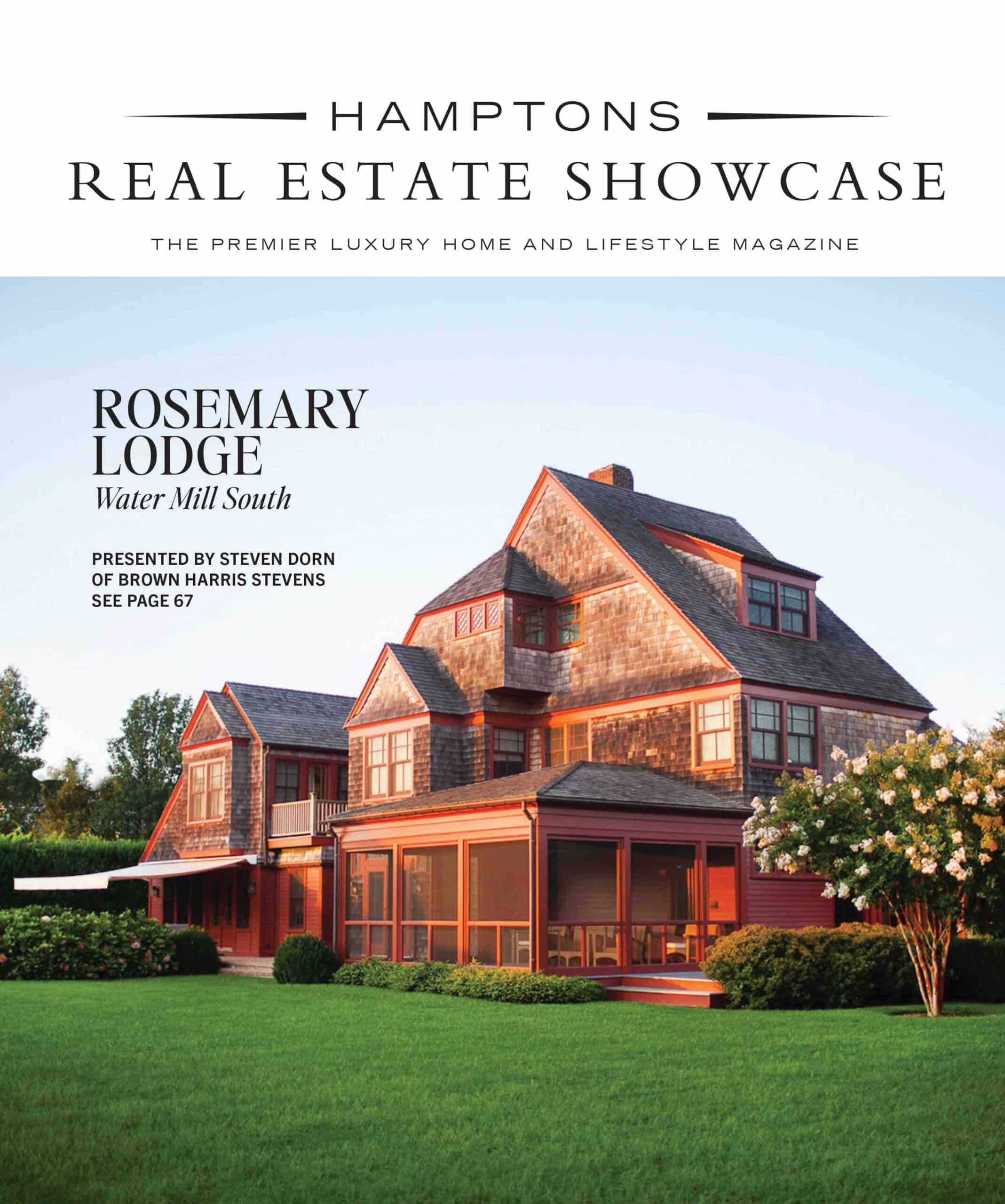Sustainability, Biophilic Design, and Multifunctional Space: The Architectural Trends of 2024
As architects move into a new and improved era of design, their focus has shifted toward sustainability, green spaces, and a more flexible way of living. This year, we’re exploring the architectural trends of 2024, including what’s new, what’s hot, and what’s on the minds of architects and homeowners across the country and across the East End.

Over the course of the past few years, sustainability has become increasingly important to homeowners when is has come to home design. Architects have also been taking steps to ensure that their work is carbon-neutral, eliminating greenhouse gases in their building and seeking to contribute less to factors associated with climate change. One way to do this has been through the incorporation of eco-friendly materials into home design. Expect to see even more reclaimed wood, recycled steel, bamboo, and even recycled plastic as substitutes for traditional hardwoods, which can result in deforestation and other wide-scale carbon-emitting events.
Tied into this trend is vintage design. Vintage — or salvaged — tile, countertops, and even pieces of older homes rescued from estate sales are showing up in new builds, as consumers become more conscious about consumption and about their role in creating new paths toward building and toward creating. Architects, too, have become savvy marketers of the restoration of older goods, and this trend is only growing with a younger market of buyers.
Other sustainability initiatives in home design include an increased reliance on smart technologies, which not only improve a home’s wow factor, but also can enhance energy efficiency and functionality. Homes with smart capability can adapt to a homeowner’s needs, using less energy during times when no one is home, and conserving valuable resources. Smart technology can also be used to reduce waste in a refrigerator, to assist in cooking (saving valuable energy there, too), and even as a home alert system, saving a homeowner money, time, and resources.
Biophilic design — the idea of connecting people to nature in architecture — has risen in popularity this year. Living walls, potted plants, and earth-based materials are capturing the hearts and minds of homeowners and architects alike. Bringing a little of nature inside is a great way to promote sustainability, and it has reinforced the design trend of the past few years: neutral spaces that draw the eye toward the surroundings, as opposed to maximalist indoor spaces.
Beginning during the pandemic, flexible design remains a central and popular theme among architects and homeowners alike. Singularly dedicated spaces — an office that is only an office, for instance, or a media room that is only a media room — are no longer as popular as they were five or 10 years ago. Designers now seek to make rooms as purposeful as possible, full of possibility. Homeowners may need to change the use of a room down the line, may decide they want to use a space differently, or may want to use a room for more than one purpose in a designated period of time, and so flexible use spaces are becoming increasingly popular in the design and execution of homes.








![Join us May 6th at The Harmonie Club for the Spring Salon Luncheon, a beautiful gathering in support of a truly meaningful cause. Together, we’ll raise critical funds and awareness for @campgoodgriefeeh—@eastendhospice’s summer bereavement camp helping children and teens navigate loss with compassion, connection, and healing. [link in bio]](https://hamptonsrealestateshowcase.com/wp-content/uploads/sb-instagram-feed-images/491527001_18506092897030135_3117653411609489602_nfull.webp)
![Welcome to this exquisite custom-built home in the prestigious Quogue South estate section, just moments from Dune Road and some of the world’s most breathtaking ocean beaches. Completed in 2024, this expansive shingle-style residence offers 6 beds, 7 full and 2 half baths, a separate legal guest cottage, heated gunite saltwater pool with spa, all set on a beautifully manicured 0.74± acre lot. Represented by @lauren.b.ehlers of @brownharrisstevens. [link in bio]](https://hamptonsrealestateshowcase.com/wp-content/uploads/sb-instagram-feed-images/491516869_18505931593030135_4655757731678000577_nfull.webp)
![Discover 11 Oyster Shores, a unique marriage of thoughtful design, uncompromised execution and meticulous craftsmanship expressed across nearly 6,000± sq. ft. of highly curated living space. Brought to life under the watchful eye of Blake Watkins, the visionary behind WDD, the project is a refreshing departure from the ordinary. Represented by @nobleblack1 of @douglaselliman. [link in bio]](https://hamptonsrealestateshowcase.com/wp-content/uploads/sb-instagram-feed-images/491440257_18505740808030135_9064730571228880657_nfull.webp)
![Reserve your ad space now in the Memorial Day “Summer Kick-Off” Issue of #HRES! 🍋 Be seen by high-end buyers and sellers across the Hamptons, Manhattan, and South Florida—just in time for the start of the season. Secure your spot today and make waves this summer 🌊☀️ [link in bio]](https://hamptonsrealestateshowcase.com/wp-content/uploads/sb-instagram-feed-images/491441694_18505573426030135_4475989184561040528_nfull.webp)

![Tuesday, April 15, was Tax Day for most, but for someone in Palm Beach, it was closing day! The nearly 8,00± sq. ft. Mediterranean-style residence at 240 N Ocean Boulevard, with direct ocean views and a private, 100-foot beach parcel, closed at exactly $26,670,750. The seller was represented by Jack Rooney of @douglaselliman and Elizabeth DeWoody of @compass while Dana Koch of @thecorcorangroup brought the buyer. [link in bio]](https://hamptonsrealestateshowcase.com/wp-content/uploads/sb-instagram-feed-images/491445351_18505056166030135_4907944420436119099_nfull.webp)
![Previously featured on our 2024 Columbus Day issue cover, 74 Meeting House Road has officially sold! This stunning new construction in Westhampton Beach offers the perfect blend of thoughtful design and timeless style. Congratulations to @kimberlycammarata of @douglaselliman who held the listing! [link in bio]](https://hamptonsrealestateshowcase.com/wp-content/uploads/sb-instagram-feed-images/491441951_18504901357030135_2664904795600183799_nfull.webp)
![Located South of the highway in Southampton this 4 bedroom, 5.5 bath multi-story property, offers extensive exterior architectural detail throughout. 60 Middle Pond Road offers breathtaking views and tranquil living, nestled along the serene shores of Middle Pond and Shinnecock bay. Represented by @terrythompsonrealtor @douglaselliman. [link in bio]](https://hamptonsrealestateshowcase.com/wp-content/uploads/sb-instagram-feed-images/491451873_18504686110030135_5284427082339135969_nfull.webp)
